There are no items in your cart
Add More
Add More
| Item Details | Price | ||
|---|---|---|---|
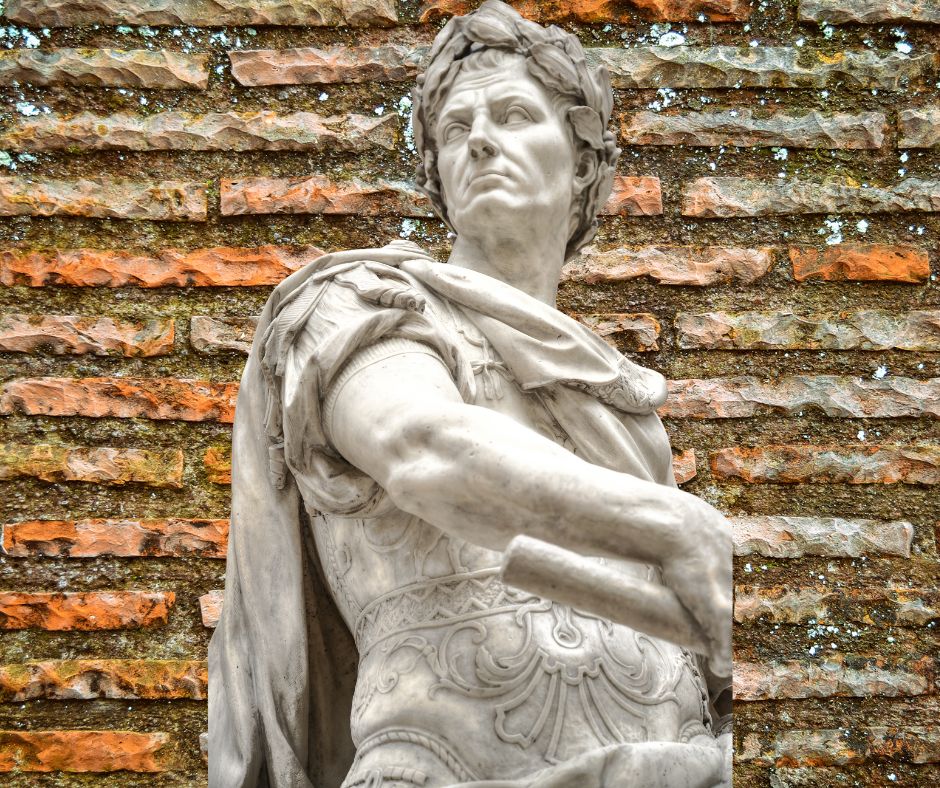
Roman ingenuity, reborn: how ancient concrete could revolutionize modern construction.
Fri Feb 2, 2024
"By looking back, we move forward: Ancient Roman concrete inspires the future of eco-friendly construction."
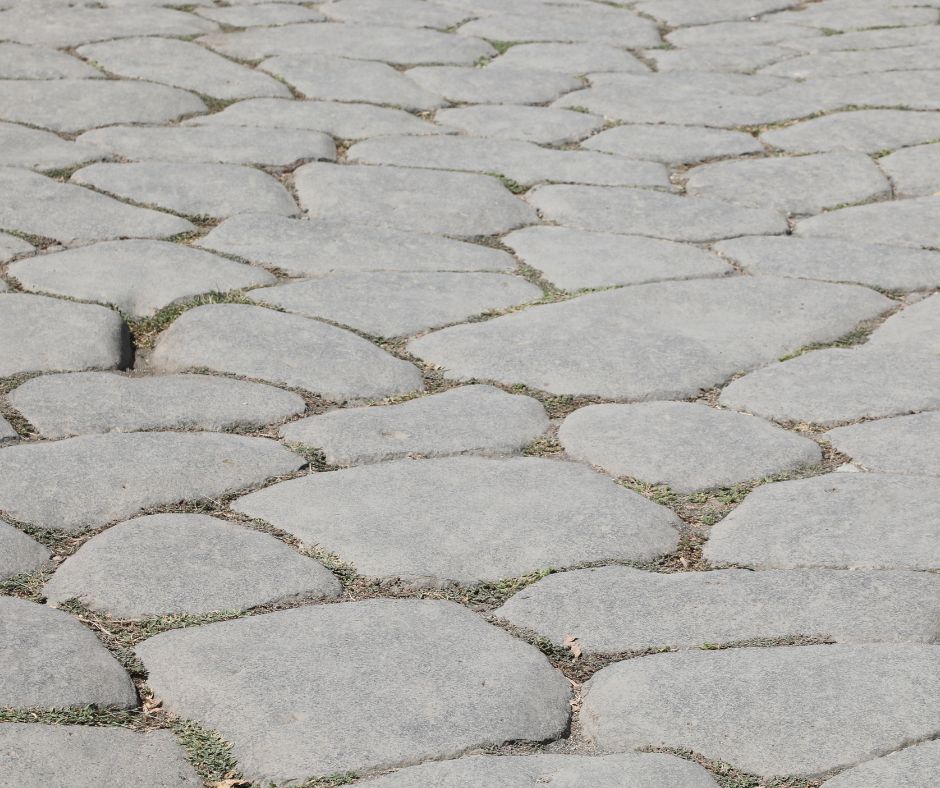
The architectural feats of Ancient Rome, epitomized by enduring monuments such as the Pantheon, have long captivated the world, not only for their aesthetic and historical significance but also for their remarkable durability. Recent scientific investigations have shed light on the ancient materials and methodologies that underpin these structures' longevity, offering invaluable insights for contemporary construction practices aimed at enhancing sustainability.
At the heart of Roman architectural durability lies a material known as pozzolanic concrete, a blend of volcanic ash, lime, and water. This combination, perfected over centuries, resulted in concrete structures that have withstood the test of time, resisting the elements and remaining structurally sound for nearly two millennia.
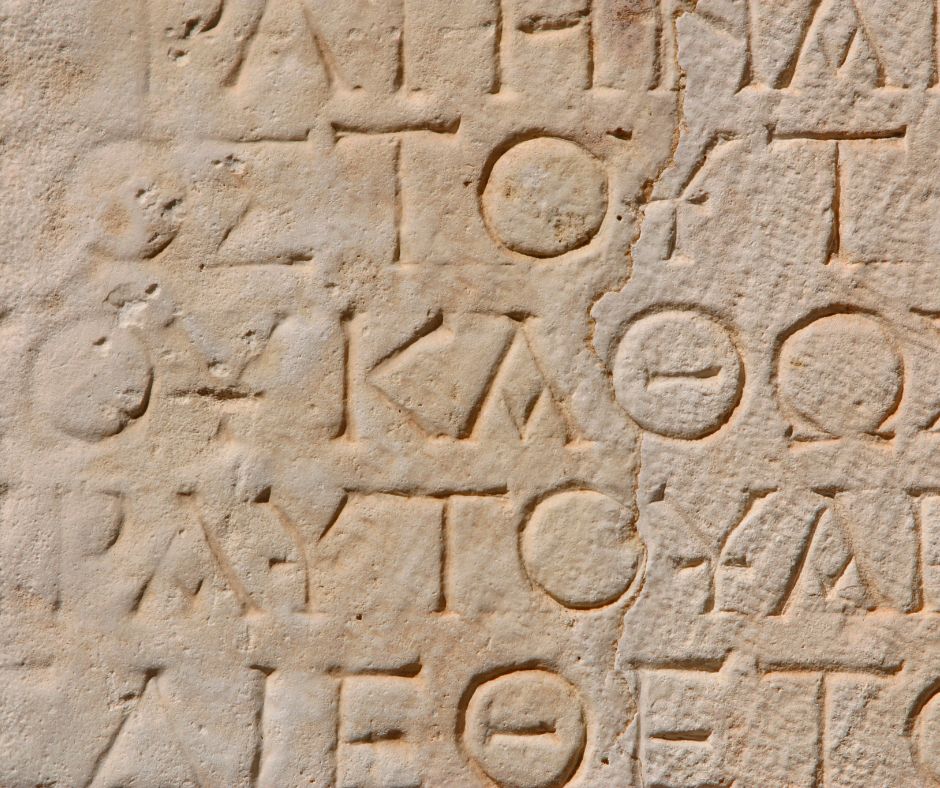
A pivotal study led by the Massachusetts Institute of Technology (MIT) has significantly advanced our understanding of why Roman concrete endures so well. The research highlights a critical technique referred to as "hot mixing," a process where dry granules of calcium oxide (quicklime) are mixed with volcanic ash prior to the addition of water. This method produces a concrete interspersed with small, calcium-rich rocks that are instrumental in the material's resilience.
One of the most fascinating aspects of Roman concrete is its inherent ability to repair itself. The calcium-rich rocks embedded within the concrete matrix can react with water infiltrating through cracks, dissolving and subsequently recrystallizing to fill in these fissures. This self-healing property significantly contributes to the longevity of Roman structures, a feature modern concrete lacks.
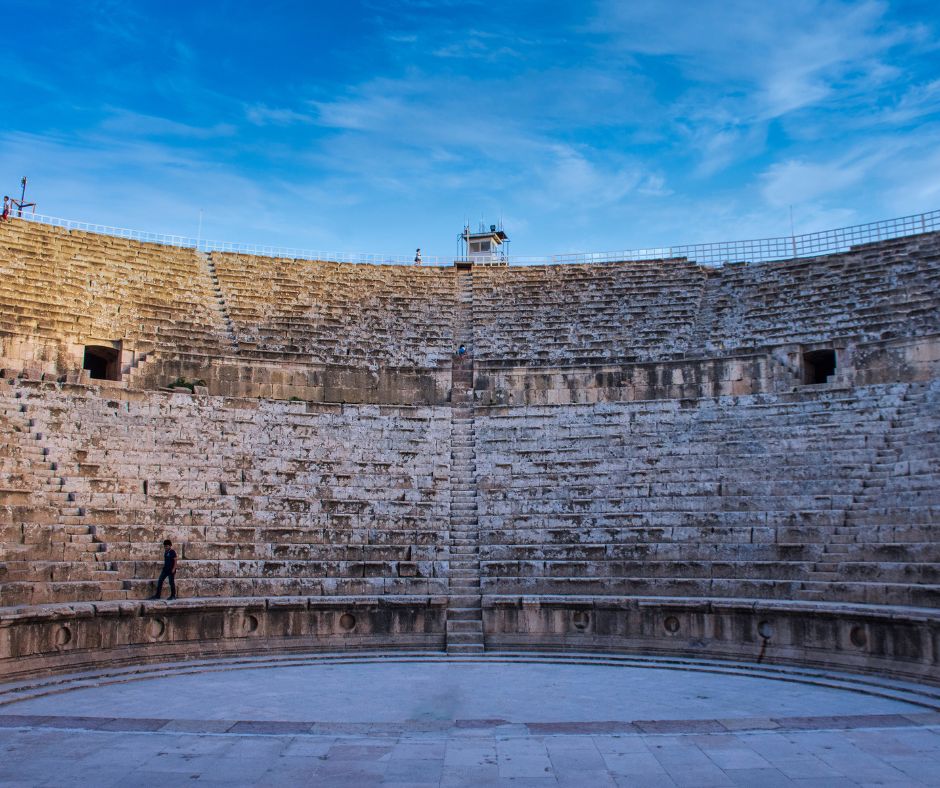
The revelation of Roman concrete's self-healing mechanism holds profound implications for the future of construction. By integrating ancient materials and methods into modern practices, it is possible to develop more sustainable and durable concrete. Such advancements could reduce the environmental impact of construction projects, as longer-lasting materials minimize the need for frequent repairs and replacements, thereby conserving resources and reducing carbon emissions.
The journey of rediscovering ancient Roman concrete and applying its principles to modern construction is more than an academic pursuit; it is a step toward building a sustainable future. This ancient technology, combined with contemporary advancements, paves the way for creating buildings that are not only structurally robust but also environmentally friendly. As the construction industry seeks to mitigate its environmental footprint, the lessons learned from Roman engineering offer a blueprint for progress.
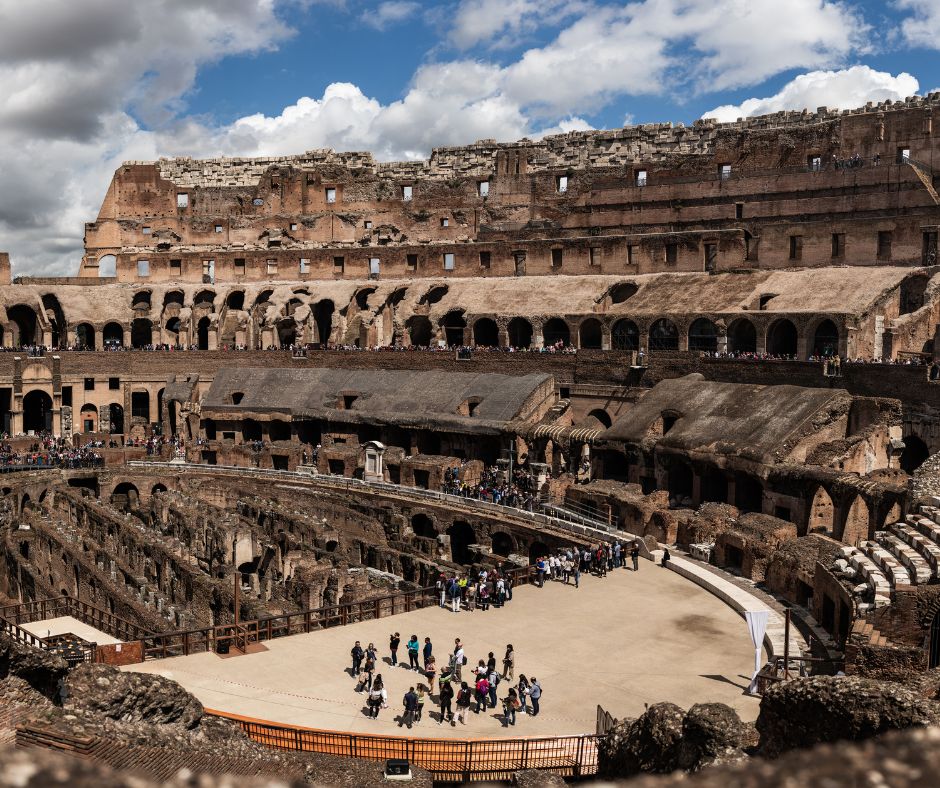
The enduring legacy of Roman concrete serves as a testament to the ingenuity of ancient builders and the potential for historic practices to inform and improve contemporary construction. As we face the challenges of sustainability and climate change, the integration of time-tested techniques with modern technology offers a promising path forward. In embracing the past, we can build a future where architecture not only stands the test of time but also respects and preserves our planet.

SAMEER KUMAR
I graduated from IIT Kharagpur and have been teaching Physics and Maths to Engineering (IIT-JEE) and Medical (NEET) entrance examination aspirants for the last six year.